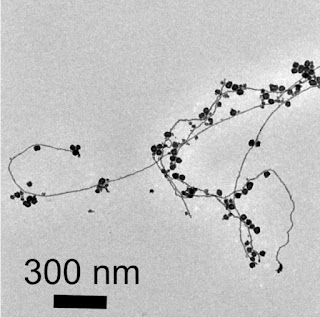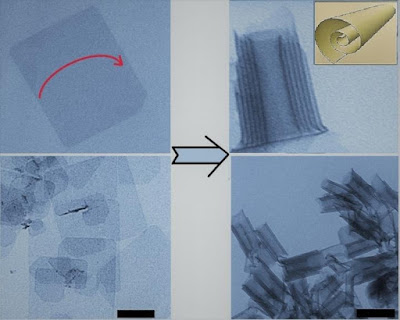Improving 3-D printing of plastic parts:
3-D printed parts. Yet, as excitement for 3-D
printing keeps on developing and grow crosswise over business sectors, the
articles printed by the procedure can have shortcomings. Presently, one gathering
reports in ACS Applied Materials and Interfaces that utilizing a
straightforward alteration to the make of the beginning materials enhances the
durability of these printable plastics.
Full Story:
As the 3-D printing market
extends as well as turns out to be more reasonable, it is discovering
applications in a wide range of zones. Be that as it may, this adaptability is
restricted by the quality and solidness of the printed parts. A large portion
of these items are imprinted in layers, which intrinsically brings about
powerless spots where the layers meet. In this way, 3-D printed objects are not
as solid as those made with current strategies in which plastics are infused
into molds. To make more grounded 3-D printed parts, Heads and associates needed
to investigate whether the beginning materials could be changed to
self-strengthen the printed parts.
The scientists influenced an
organized, center to shell polymer fiber in which a polycarbonate center goes
about as a solid skeleton to help and fortify the 3-D printed shape. An olefin
ionomer shell around the polycarbonate center enhances and fortifies the
association between the printed layers. Amid testing, printed parts with the
fibers could withstand impacts without breaking, not at all like parts made
without them. The new fibers convey 3-D printed parts nearer to the quality of
parts made by current techniques.




Comments
Post a Comment